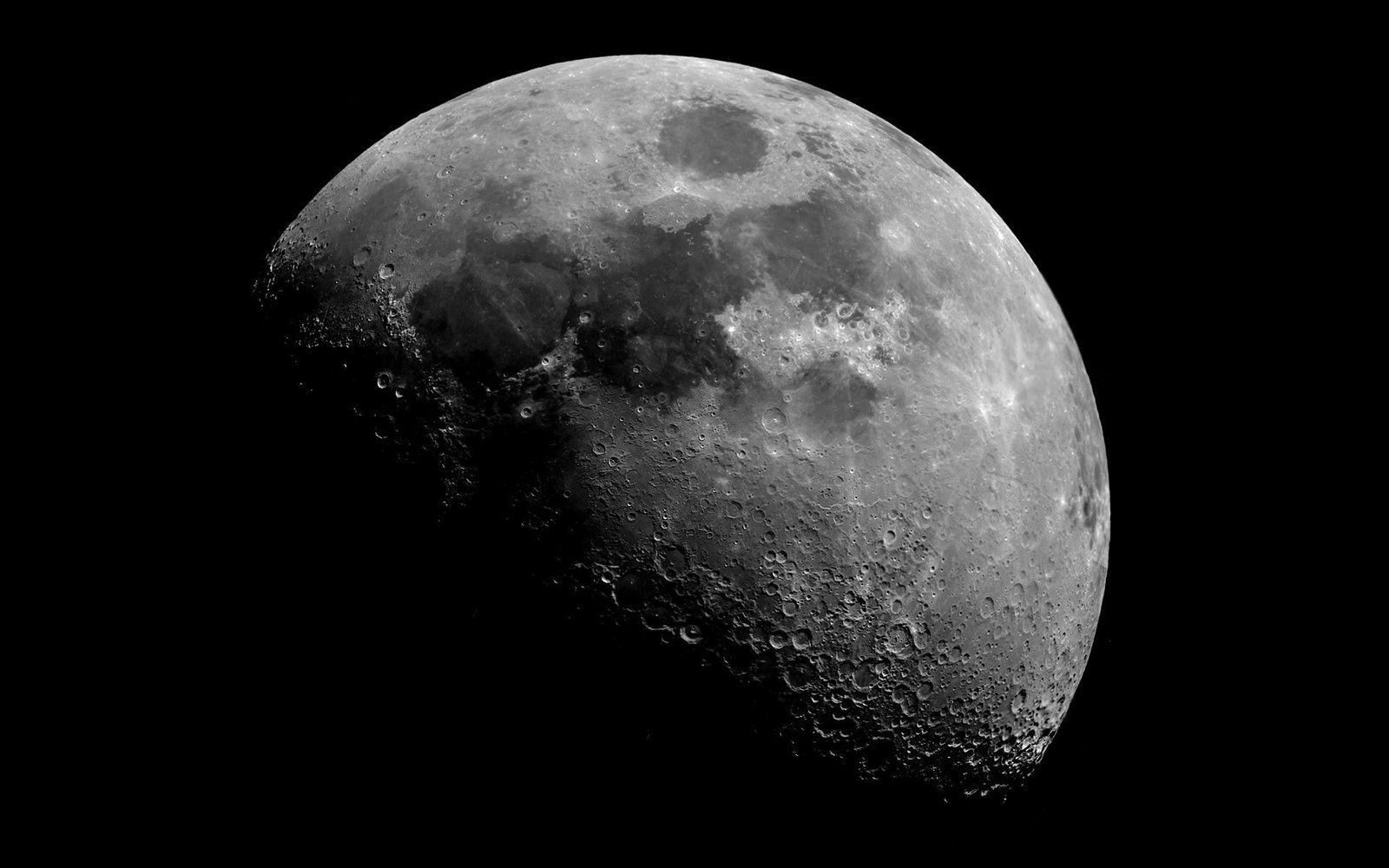Key Points :
- Former research were not able to distinguish between H2O(water) and -OH (hydroxyl).
- NASA, which has plans to set up a space station in the lunar orbit termed Gateway, pictures that the ice excavated from the Moon’s south pole may one day supply drinking water.
- They could also split the molecules apart to make rocket fuel for an onward journey.
- Scientists hope that samples from these cold traps could tell us more about how the Moon and even Earth got its water, perhaps providing evidence of water delivered by asteroids, comets and the solar wind.
Researchers have scanned the lunar surface now at a more precise wavelength than had been used before which is six microns instead of three, by utilising data from the Stratospheric Observatory for Infrared Astronomy (SOFIA) Airborne Telescope.The Moon was considered to be arid until around a decade ago when a streak of findings suggested that our closest natural satellite has substantial evidence of water trapped in the surface.Two new studies from Nature Astronomy on Monday suggested there could be much more water than previously thought, including ice stored in permanently shadowed “cold traps” at lunar polar regions which raises the enticing prospect that astronauts on future space missions could procure refreshment and maybe even fuel on the lunar surface.
Though former research has found hints of water by scanning the surface ,these were not able to distinguish between H2O(water) and -OH (hydroxyl), a molecule comprising of one hydrogen atom and one oxygen atom.
New studies provide further chemical evidence that the Moon holds molecular water, even in sunlit areas. Co-author Casey Honniball, of the Hawaii Institute of Geophysics and Planetology said,”The current study allowed researchers to unambiguously differentiate the spectral fingerprint of molecular water.” He added, “If we find the water is abundant enough in certain locations we may be able to use it as a resource for human exploration.It could be used as drinking water, breathable oxygen, and rocket fuel.”Researchers think the water might be stuck in glass beads, or another substance that shields it from the harsh lunar environment.Honniball also stated that further observations would help better understand where the water may have come from and how it is stored.
Large hollows had previously been discovered as NASA in 2009 found water crystals in a deep crater near the Moon’s southern pole. However, a second study focuses on areas of the Moon’s polar regions, where water ice is believed to be trapped in lunar craters that never receive sunlight. The new study found proof of billions of micro-craters that could each nestle a miniscule amount of water ice.Paul
Hayne , lead author of the Department of Astrophysics at the University of Colorado said to ,”If you were standing on the Moon near one of the poles, you would see a whole ‘galaxy’ of little shadows speckled across the surface.Each of these tiny shadows , most of them smaller than a coin — would be extremely cold, and most of them cold enough to harbour ice.” The authors say this could imply that approximately 40,000 sq.km of the lunar surface has the ability to trap water.They were able to reconstruct the size and distribution of these little craters with the help of high-resolution images and lunar temperature measurements taken from NASA’s Lunar Reconnaissance Orbiter. Hayne told AFP,”These micro-craters are distributed across both poles and should be as cold around -160 degrees Celsius as the larger, kilometre-scale lunar hollows.”
NASA, which has plans to set up a space station in the lunar orbit termed Gateway, pictures that the ice excavated from the Moon’s south pole may one day supply drinking water.They could also split the molecules apart to make rocket fuel for an onward journey.Scientists hope that samples from these cold traps could tell us more about how the Moon and even Earth got its water, perhaps providing evidence of water delivered by asteroids, comets and the solar wind.But they also present a potential practical resource for astronauts, both on the Moon and for a human mission to Mars.

